Choosing your first motorcycle is an exciting yet often overwhelming experience. If you’re diving into the world of two-wheeled adventures, you’ve likely asked yourself: “What’s the Best Beginner Street Bike?” It’s a question that plagues countless aspiring riders, and while many seek a definitive answer, the truth is more nuanced. There isn’t a single “best” option for everyone. The ideal beginner bike is deeply personal and depends on your individual preferences and riding aspirations.
Think about it: what draws you to motorcycles in the first place? Is it the sleek aesthetics of a particular style? For many, initial attraction is purely visual. Do you find yourself captivated by the aggressive stance of a sportbike, or the laid-back appeal of a cruiser? Your gut feeling matters. If you’ve always dreamed of owning a Kawasaki Ninja, the Ninja 400 could be an excellent starting point. Ignoring your personal preferences in favor of what you think is “practical” or what others might suggest can lead to buyer’s remorse. Imagine purchasing a cruiser because you believe it’s a sensible beginner choice, only to realize your heart truly yearns for the agility of a different style. That mismatch can quickly diminish your riding enjoyment.
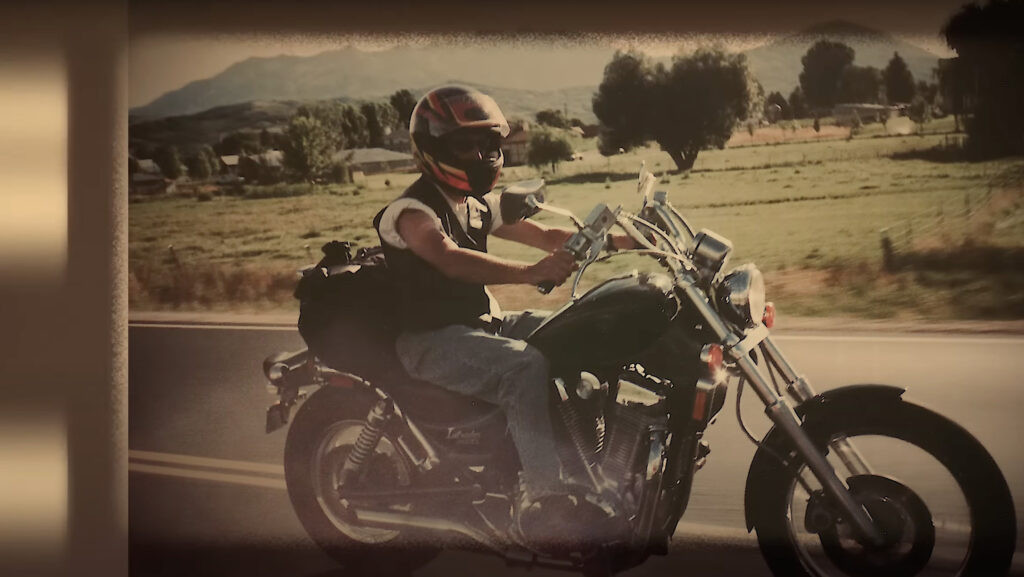 CanyonChasers Cruiser
CanyonChasers Cruiser
This isn’t to dismiss any motorcycle style outright. In fact, we’ll explore the merits of various types. The crucial point is to understand your own desires and then align them with a bike that complements your needs. Investing in a motorcycle is a significant decision, and ensuring it’s the right bike for you is paramount to a fulfilling riding journey.
To truly determine the best beginner street bike for your needs, we need to go beyond surface-level appearances. Understanding the fundamental differences between motorcycle types is key. It’s not just about seating position or chrome accents; it’s about the underlying engineering that dictates how a bike handles. We need to delve into the basics of motorcycle anatomy, specifically motorcycle geometry. This might sound intimidating, but it’s simply a way to describe the relationship between the wheels and frame, and we’ll simplify it to make it easily digestible, even if you’re completely new to motorcycles.
Motorcycle geometry might seem complex, but it boils down to understanding a few key components. The frame houses the headset, and the angle of the headset is crucial. Triple clamps, located within the headset, introduce “offset,” which is the forward positioning of the fork tubes relative to the steering stem. The swingarm’s length and angle also play a significant role. These elements, combined with the suspension travel, weight distribution, seat height, and wheel size, collectively define a motorcycle’s characteristics. The distance between the points where the tires contact the ground is known as the wheelbase.
These geometric factors are what differentiate a cruiser from a sportbike, influencing acceleration, braking, and cornering. A longer wheelbase enhances stability but reduces turning agility. A lower center of gravity contributes to stability but can hinder lean angles and quick directional changes. Larger front wheels improve stability and bump absorption but require more effort to accelerate, decelerate, and change direction. The variety in front wheel sizes significantly impacts a bike’s handling.
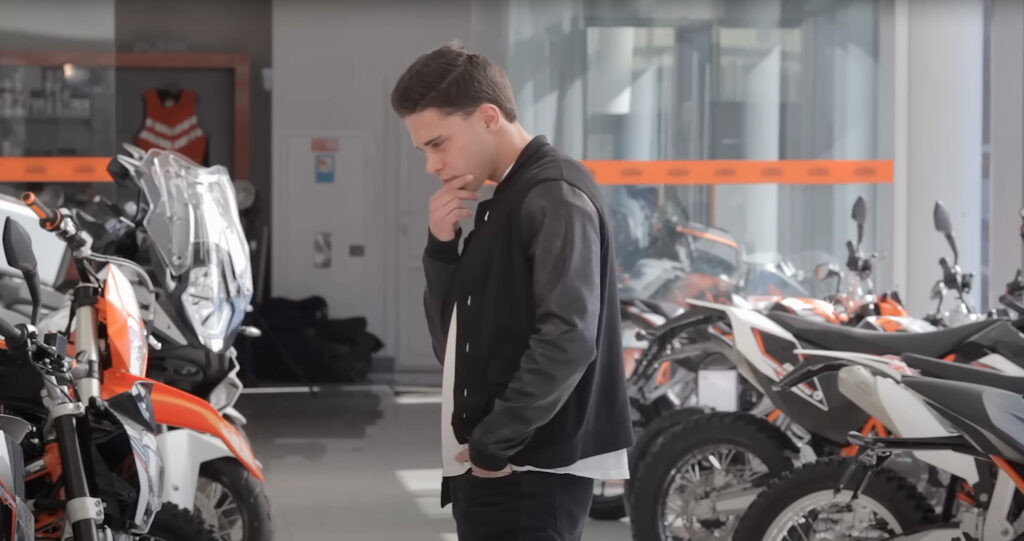 Motorcycle Geometry Diagram
Motorcycle Geometry Diagram
Then there’s rake, also known as castor angle – the angle of the forks. Comparing a cruiser with a 45-degree rake to a sportbike with a 25-degree rake visually demonstrates this difference. Increased rake extends the wheelbase and trail.
This leads us to the most critical measurement: trail. Trail is the horizontal distance between the front tire’s contact point and an imaginary line extending from the steering head axis to the ground. It’s not about the forks themselves, which is why triple clamp offset is so important. Offset can dramatically alter trail independently of rake. Trail is the key number to consider. A large trail value results in a very stable bike, while a smaller trail makes a bike more nimble and responsive.
While rake is visually apparent, trail is the more insightful metric. Understanding trail is crucial for grasping how a motorcycle will behave.
Let’s examine two extremes: cruisers and sportbikes. Cruisers typically feature a long wheelbase, low center of gravity, extended swingarm, raked-out forks, a large front wheel, and a substantial trail number. These characteristics translate to exceptional stability, primarily at higher speeds and on straight roads. However, this stability comes at the cost of agility. Cruisers are not known for their nimble handling in tight corners.
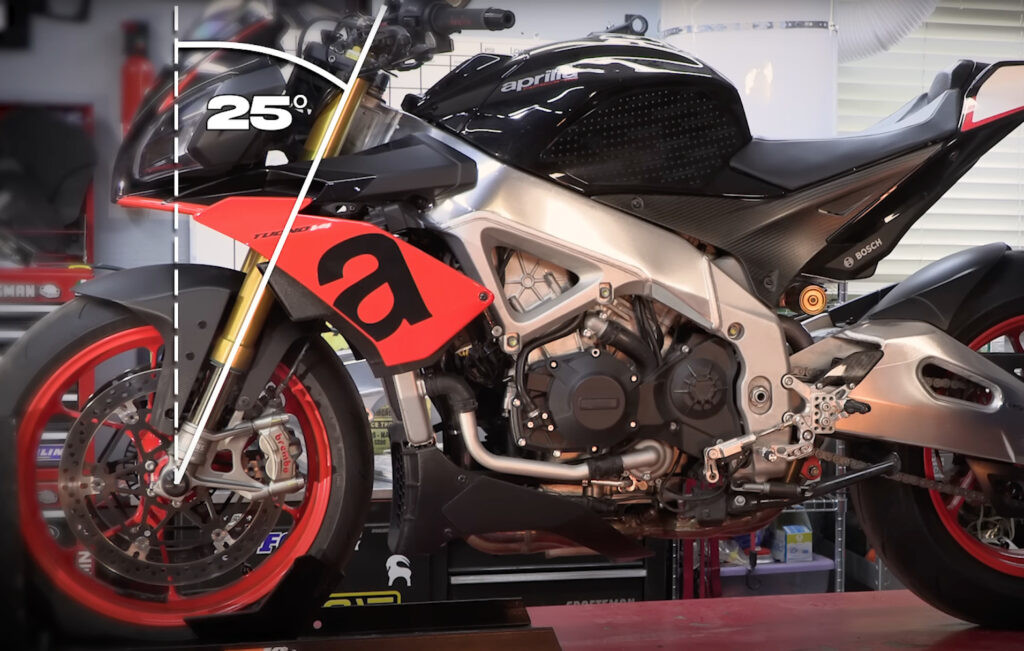 Cruiser Motorcycle Front View
Cruiser Motorcycle Front View
Sportbikes, on the other hand, represent the opposite end of the spectrum. They have a short wheelbase, higher center of gravity, are lightweight, feature steep forks, a short trail number, and smaller wheels. Sportbikes are designed for rapid directional changes and agile handling, perfectly suited for twisty roads and track riding. This agility is achieved at the expense of ultimate stability, particularly at lower speeds or on uneven surfaces compared to cruisers. The appeal of cruisers, especially for beginners, becomes clearer: a low center of gravity and seat height provide confidence, making it easier to plant your feet firmly on the ground. Modern cruisers are also becoming lighter; the Honda Rebel 500, for instance, weighs less than many sportbikes, challenging traditional perceptions of cruiser bulk.
Motorcycle categories are diverse. Beyond cruisers and sportbikes, there are naked bikes, sport touring bikes, touring bikes, adventure bikes, enduros, and motards, leading to potential confusion for beginners.
Consider adventure bikes, also known as dual-sport bikes. They often sport larger front wheels, typically 21 or 19 inches. As we’ve learned, larger wheels enhance stability and bump absorption. Adventure bikes generally have longer wheelbases but a higher center of gravity for increased ground clearance, essential for off-road riding. They also feature longer suspension travel, providing a plush ride on rough terrain, though this can translate to a less precise or “wallowy” feel on smooth, winding roads. Let’s compare trail numbers: a cruiser might have 135mm of trail, a sportbike around 85mm, and a large adventure bike approximately 106mm. This explains the rising popularity of adventure bikes; they strike a balance, offering more stability than a sportbike but retaining a degree of agility, making them versatile for various riding conditions.
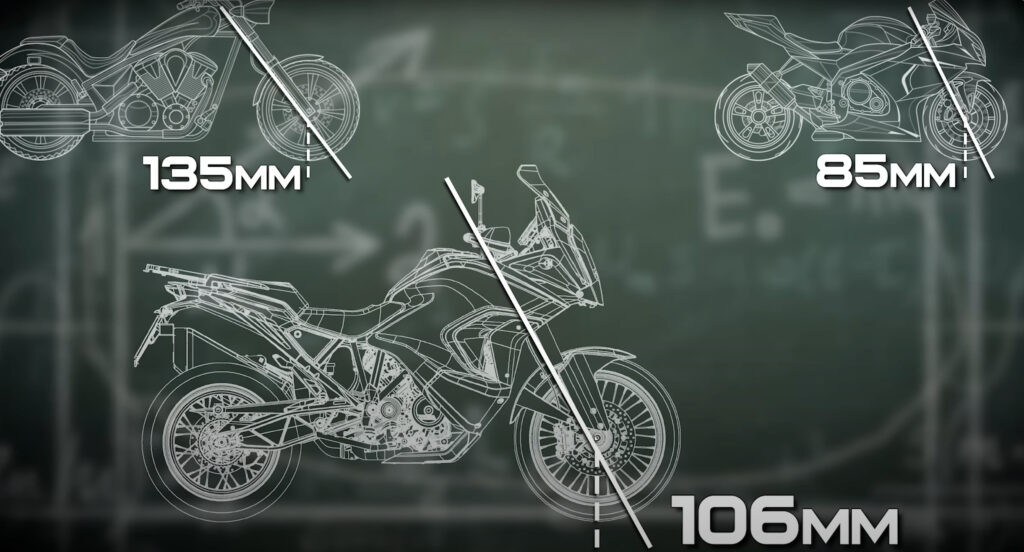 Adventure Motorcycle Riding on Dirt Road
Adventure Motorcycle Riding on Dirt Road
Understanding motorcycle geometry, especially the significance of trail, empowers you to analyze motorcycle specifications and predict a bike’s handling characteristics.
This brings us to the second crucial question: what kind of riding experience are you seeking? Again, there’s no right or wrong answer, but honesty with yourself is key to a satisfying choice.
Visualize your ideal ride. Do you dream of weekend explorations to national parks? Casual Sunday morning rides with friends for breakfast? The thrill of carving through corners at speed? Or perhaps a practical commute to campus with convenient parking? Defining your desired riding experience dramatically simplifies the process of finding the best beginner street bike for you.
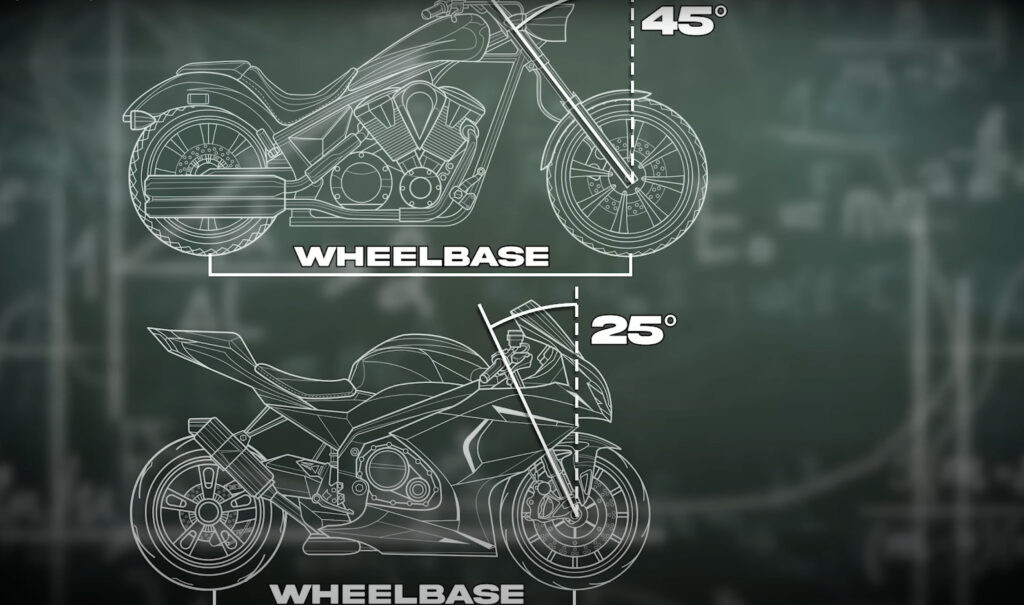 Naked Bike Riding in Urban Environment
Naked Bike Riding in Urban Environment
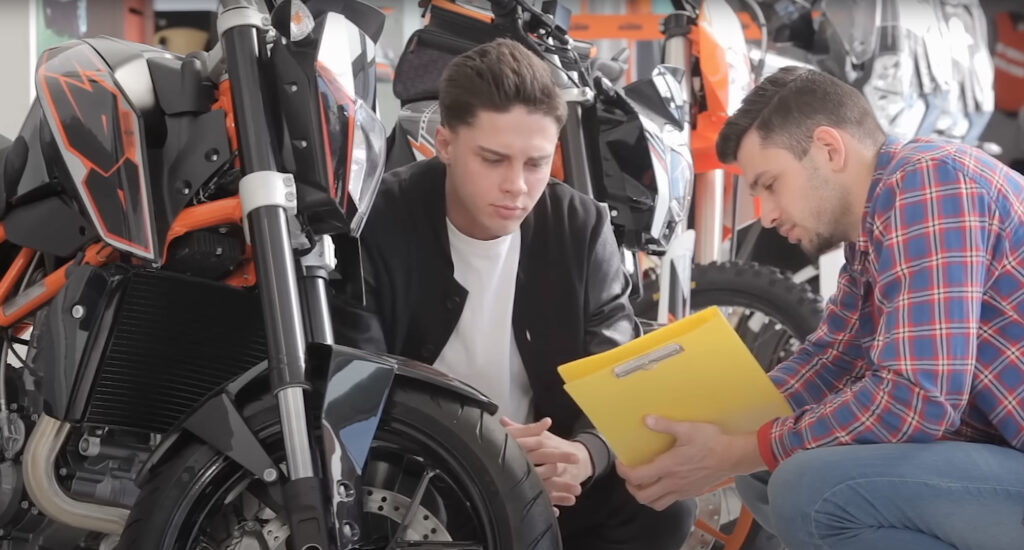 Group of Motorcycles Parked at Scenic Overlook
Group of Motorcycles Parked at Scenic Overlook
Ultimately, the concept of the “best beginner street bike” is a myth. Sportbikes aren’t inherently superior to cruisers, or vice versa. The best beginner street bike, and indeed the best bike overall, is the one that best suits you.
If you remain uncertain, consider a naked bike. Like adventure bikes, naked bikes are versatile “jack-of-all-trades” machines. This versatility is advantageous for new riders. A naked bike allows you to explore different riding styles and discover your true preferences. You might buy a race-replica superbike only to realize you prefer relaxed, scenic rides, or the opposite might be true. Naked bikes are adaptable; they can handle touring, track days, and commuting. They typically offer comfortable ergonomics, good visibility, and neutral geometry, making them excellent all-around choices for those starting their motorcycle journey.

